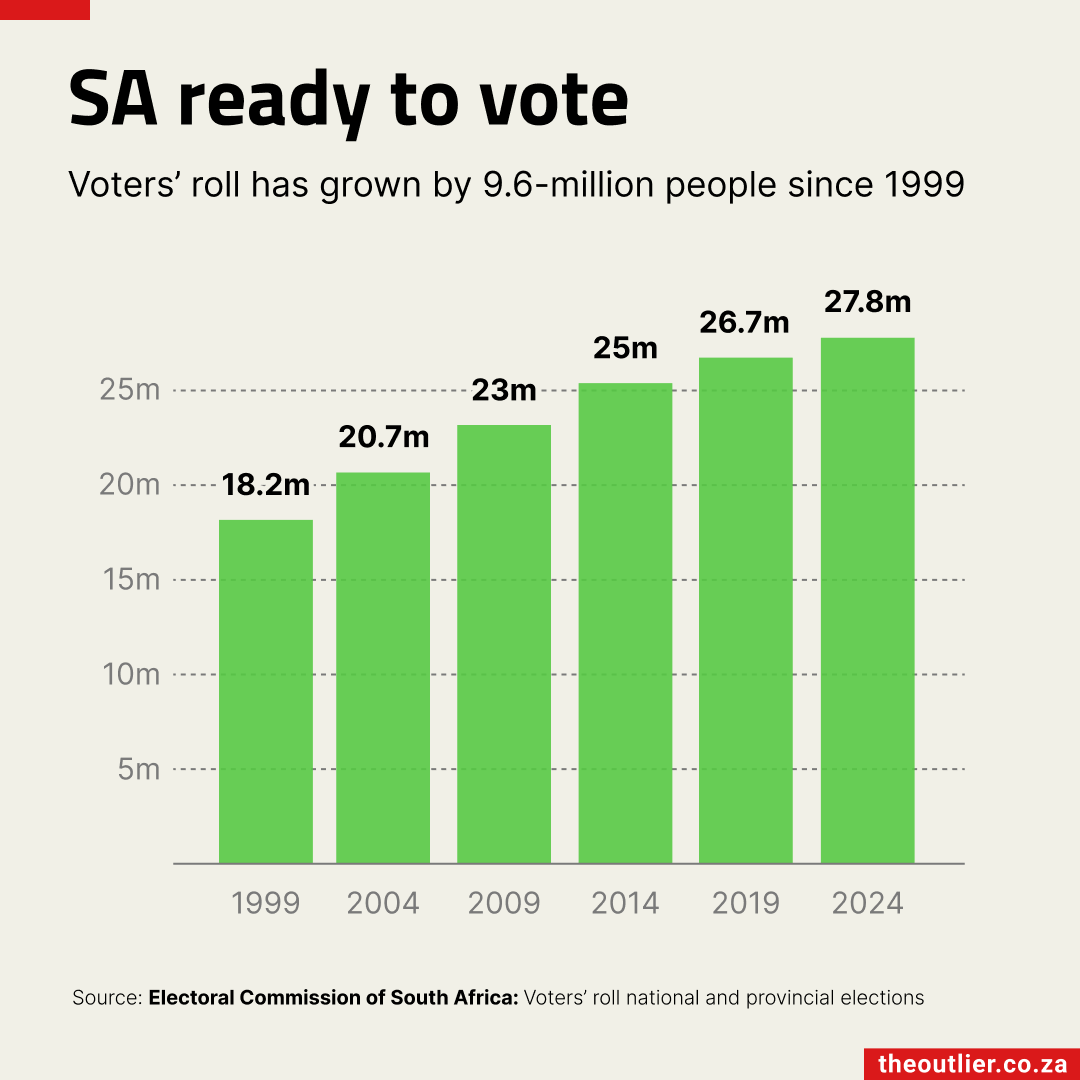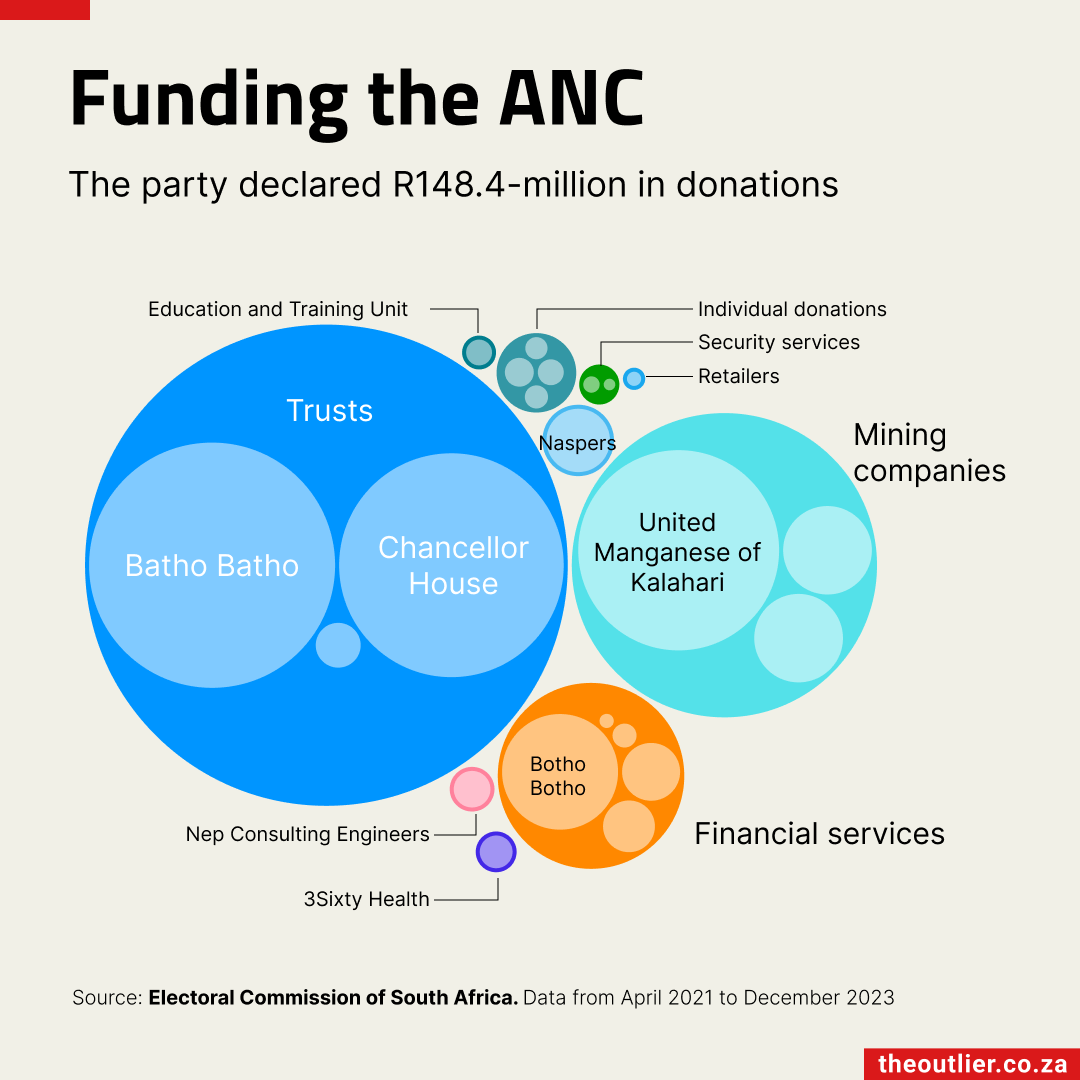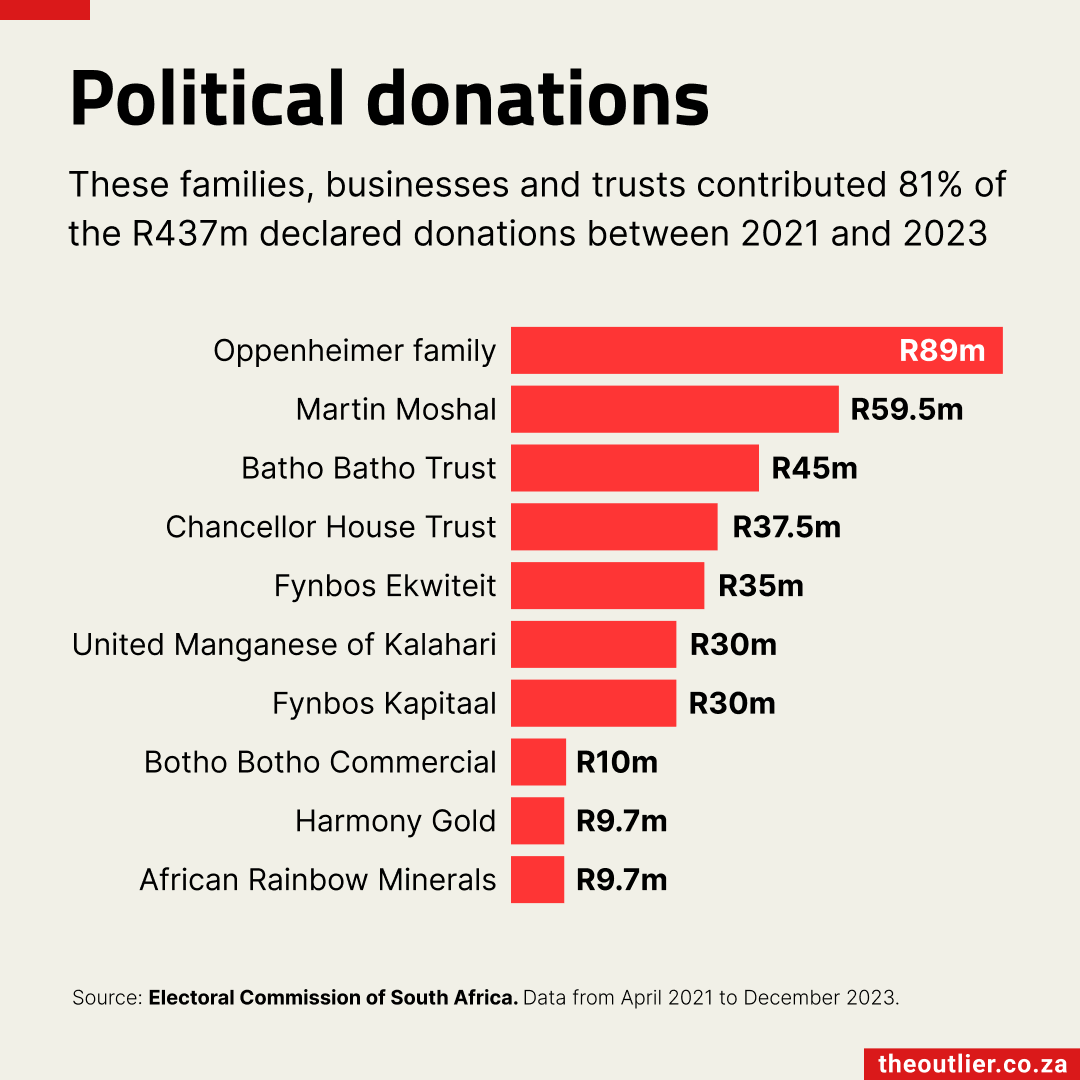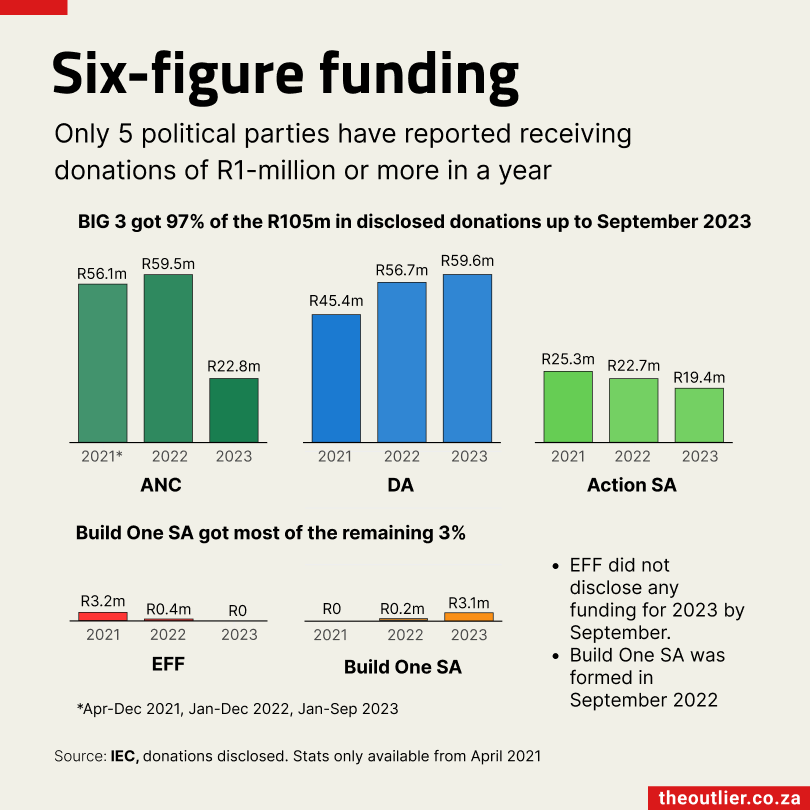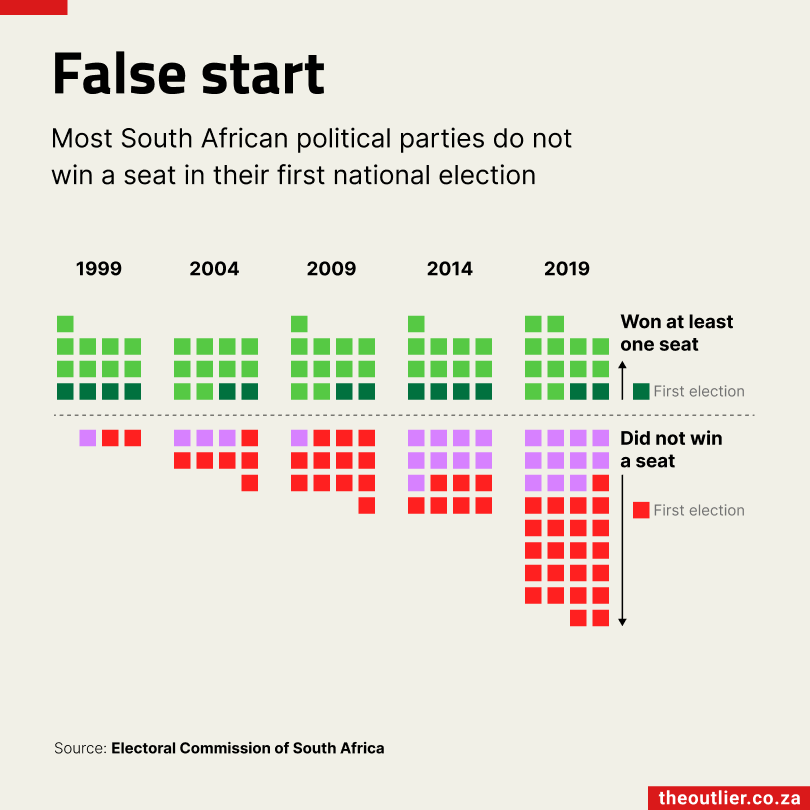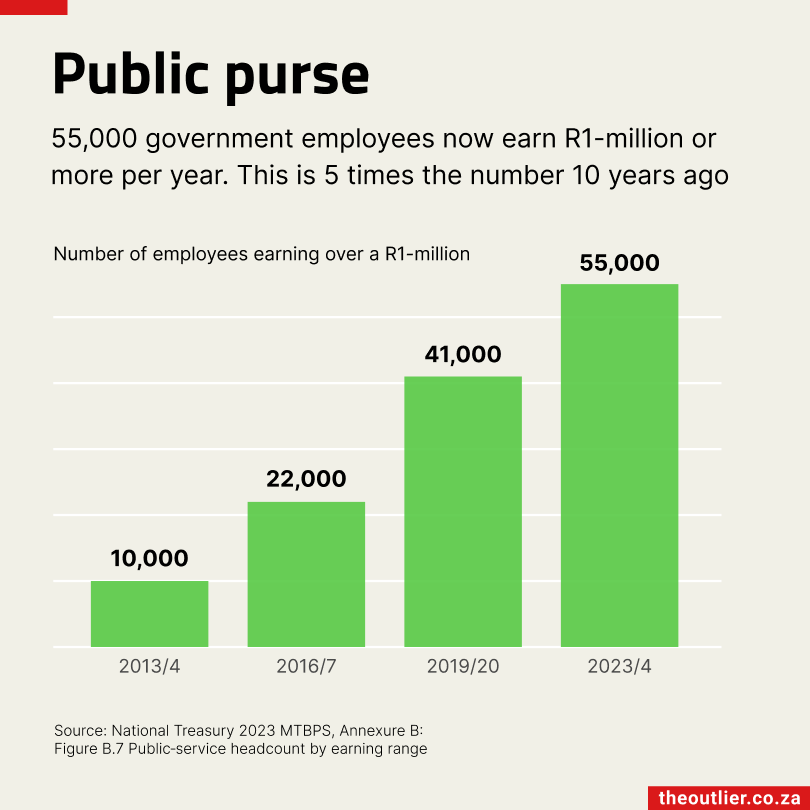What Census 2022 tells us about migration in SA
About 1 in every 4 people living in Gauteng was born in another part of the country.
Photo: Gemma Ritchie/The Outlier
Gauteng is a magnet for migrants but it’s not only foreigners who are drawn to South Africa’s economic hub. In fact, there are far more in-country migrants in Gauteng than there are foreign-born.
- 4-million of the 15.1-million people who live in Gauteng were born in another part of the country, according to Stats SA’s Census 2022. So about 1 in every 4 people in Gauteng is an internal migrant.
- The Western Cape has 1.67-million internal migrants. About 1 in 5 of that province’s 7.433-million people were born elsewhere in the country.
- The Western Cape and Gauteng account for 70% of the country’s internal migrants.
- Where did they come from? Limpopo is the birthplace of about a third of the internal migrants living in Gauteng and two out of three of the Western Cape’s migrants came from the Eastern Cape.
- The Eastern Cape had the highest ‘out-migration’ numbers, 2-million people, followed by Limpopo, 1.66-million people.
- The Western Cape is the place people are least likely to leave – for another part of South Africa – which could explain why it’s now the third most populous province.

International migration
Coming from further afield there are an estimated 2.4-million people, or 4% of South Africa’s population, who were born outside the country.
- There was an 11% increase in foreign-born residents since the last census in 2011. That’s an increase of about 240,000 people, much smaller than the 1.15-million increase between the 2001 and 2011 censuses.
- The top 5 countries where migrants were born remain Zimbabwe, Mozambique, Lesotho, Malawi and the UK.
- Just over 1-million people from Zimbabwe live in South Africa, a 51% increase since 2011.
- The number of people from Malawi and Ethiopia has doubled.
- But there are fewer people from the UK, Namibia, India, Nigeria and Zambia – living in South Africa than there were in 2011.
- Half of all international migrants live in Gauteng and 16% live in the Western Cape.

Notebook
- Read more: Census 2022: Education in South Africa in 4 charts
- These charts were first published in The Outlier newsletter on 20 October 2023. Sign up to receive our fortnightly dive into data here

